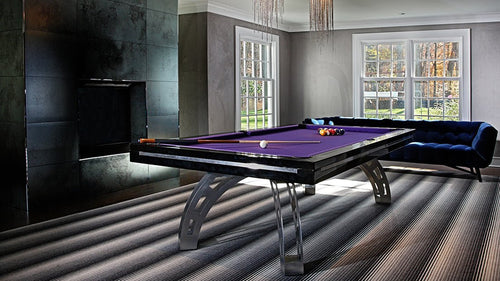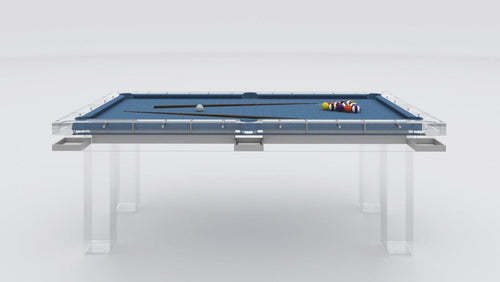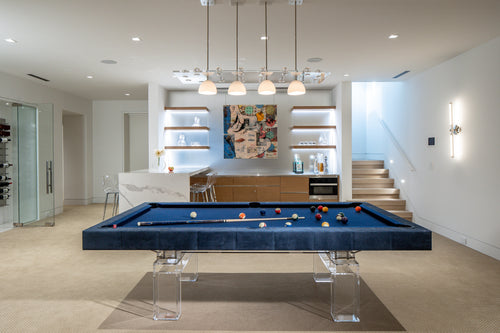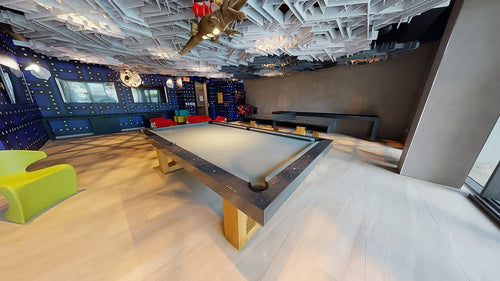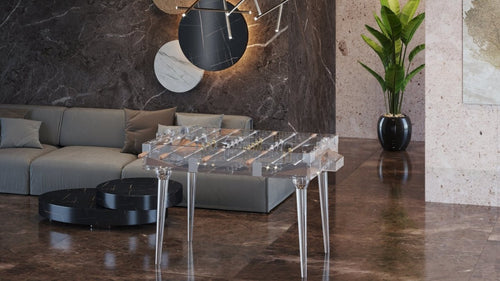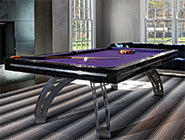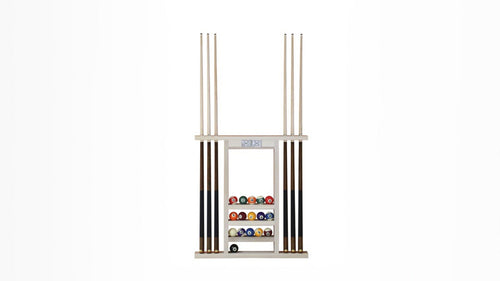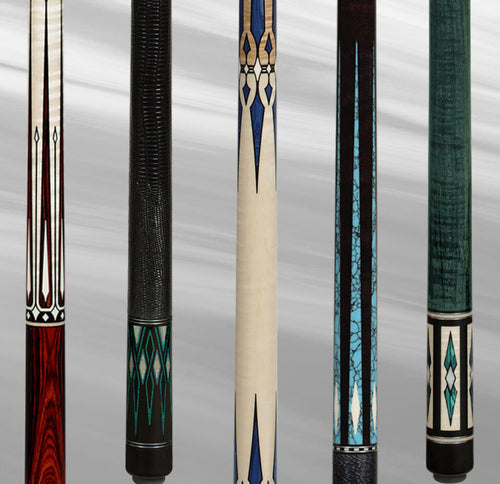Enjoy our modern designs
Estimated Read Time: 8 mins |
When the Roman Empire’s arches and vaults gave way to the austere massive walls of early medieval Europe, builders were searching for a language that could express both faith and ambition. By the twelfth century, the Gothic style arrived like a revelation—structures that seemed to reach heavenward, walls woven with light, and every carved detail a story in stone.
Cathedral as Cosmos
Walk into any great Gothic cathedral and you step into a world remade. Pointed arches soar overhead, drawing weight down into slender columns so walls can be pierced with vast windows. Flying buttresses — those graceful external arches — spring from the nave’s vaults to distant piers, carrying thrust outward so interiors stay lofty and open. Inside, shafts of colored glass flood the aisles with reds, blues, and gold, turning holy narratives into living light.
Stone Lace and Grotesque Guardians
Gothic designers didn’t stop at structure. They layered facades with tracery — stone “lace” that frames stained glass like jewels in a crown. Corners blossom with crockets, small leaf-shapes that seem to grow from the stone. At the edges, gargoyles crouch on rain-spouts, part weather vane, part warning against sin. Grotesques peer from niches, their twisted forms reminding onlookers that even beauty must coexist with shadow.
The Church Interior: Ritual in Rich Detail
Within these soaring shells, every fitting became an opportunity for devotion. Carved stone screens separated choir from nave, while ornate iron grilles marked off chapels dedicated to saints. Altars rose on platforms draped in embroidered textiles; wooden stalls curved into rows for clergy, their backs and armrests carved with tracery motifs. Pulpits, thrones, and tombs echoed the same pointed arches, ensuring every element felt part of a single, unified cosmos.
Castles, Halls, and the Rise of Comfort
Gothic wasn’t just for cathedrals. In towns and courts, timber-roofed guild halls and market houses adopted pointed windows and carved doorways. Castles shed some of their fortress austerity: lower rooms vaulted in stone for stability, upper chambers open under hammer-beam trusses that spanned like ribbed vaults in miniature. Large hearths warmed hearthside banquets; leaded-glass windows, though small, invited shards of daylight into private chambers.
Merchant Homes and Woven Warmth
By the late Middle Ages, wealthy merchants in burgeoning towns embraced Gothic motifs at a human scale. Their houses boasted painted timber ceilings, carved fireplace mantels, and heavy tapestries that insulated walls and told tales of chivalry. Simple stools gave way to early chairs and sturdy tables on trestles — furniture that whispered of permanence and pride, even as the world around them shifted.
Materials & the Palette of Devotion
Stone remained the Gothic hallmark — limestone for soaring arches, marble for tombs, alternating bands of light and dark in Italian cathedrals. Wood framed roofs and ceilings, its beams often carved or painted in vivid patterns. Glass, once rare, became a medium of miracles: each pane tinted in the furnace, then leaded into pictorial windows that bathed worshippers in colored radiance. Textiles — wool tapestries, embroidered altar cloths, rich bed hangings — brought sumptuous reds, greens, and golds into every castle and church.
The Last Great Medieval Statement
Gothic style endures as the Middle Ages’ final flourish before the Renaissance revived classical ideals. It married technical daring with iconographic depth, creating spaces that uplifted the spirit through both structure and story. Centuries later, the 19th-century Gothic Revival would resurrect those pointed arches and soaring vaults once more—proof that when architecture reaches for the divine, its echo can never truly be silenced.



